Warnings can take many forms. They are not just visual, but also auditory (sound), olfactory (smell), and tactile (touch). Similar to visual warnings, the above alerts capture the attention (or should) of an individual.
The aforementioned information plays a crucial role in Human Factors because it can include elements like human-reaction time as well as visual and auditory signal cues. The Human Factors aspect also parallels to the Biomechanics of an individual.
IRSA has developed industry standards regarding warnings on swimming pools. Our assessments propose alternative suctions for improving safety levels overall and reducing the risk of unnecessary and preventable accidents.
Warnings and labels are vital pieces of information that communicate a hazardous environment. To warn is to place someone on advance notice of a danger or a potential danger. The purpose of a warning is to adjust behavior and ensure safety compliance. Therefore, warnings should be properly displayed for easy viewing. However, “failure to warn” is still a common issue.
Warnings can be found on products like helmets, machinery, chairs, ladders, coffee lids and often times seen on construction sites, pools/spas, gym equipment, and safety manuals of various products.




